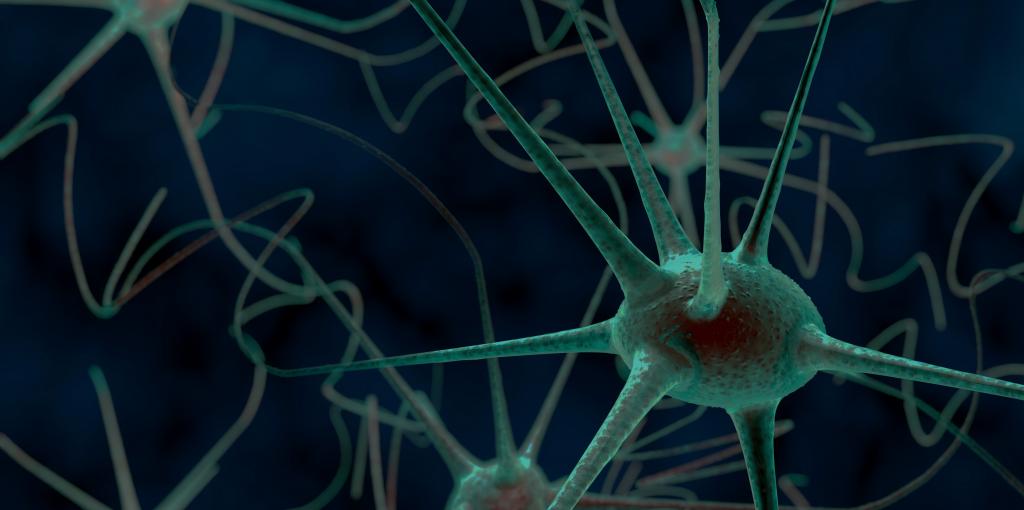Upcoming Events
Neuroscience Seminar: Electro-metabolic control of blood flow by brain pericytes
Feb 5, 2024, 4:00 - 5:00 PM
Zoom
Speaker: Tom Longden, Assistant Professor, University of Maryland School of Medicine
Title: Electro-metabolic control of blood flow by brain pericytes
The brain has evolved mechanisms to dynamically modify local blood flow, thus enabling the timely delivery of energy substrates and clearance of byproducts in response to the highly fluctuating metabolic demands imposed by cognition and behavior. Several of these neurovascular coupling mechanisms have been identified, but the vascular signal transduction and transmission mechanisms that enable acute dilation of penetrating arterioles remote from sites of increased neuronal activity are poorly understood. Given the exponential relationship between vessel diameter and blood flow, tight control of arteriole membrane potential and diameter is a crucial aspect of neurovascular coupling. However, the relatively sparse spatial arrangement of arterioles contrasts with the vast plexus of capillaries, and recent evidence suggests that that the latter play a major role in sensing neural activity and transmitting signals to modify the contractile state of mural cells on upstream vessels. Thin-strand pericyte processes cover around 90% of the capillary bed but their specific contributions to blood flow control are not understood. Our recent work shows that thin-strand pericytes play a central role in neurovascular coupling by rapidly sensing neural activity and relaying electrical signals to arterioles. We have identified a KATP channel-dependent neurovascular signaling pathway that is explained by the recruitment of capillary pericytes, and deployed vascular optogenetics to show that membrane currents generated in individual thin-strand pericytes are rapidly sent over long distances to upstream arterioles in vivo. Our data demonstrates that genetic disruption of vascular KATP channels reduces the arteriole diameter response to neural activity and shows that laser ablation of pericytes eliminates the KATP-dependent component of neurovascular coupling. Overall, our work indicates that the thin-strand pericytes of the capillary bed actively sense neural activity and transform this into electrometabolic signals that inform upstream arterioles of local energy needs, promoting spatiotemporally precise energy distribution.
